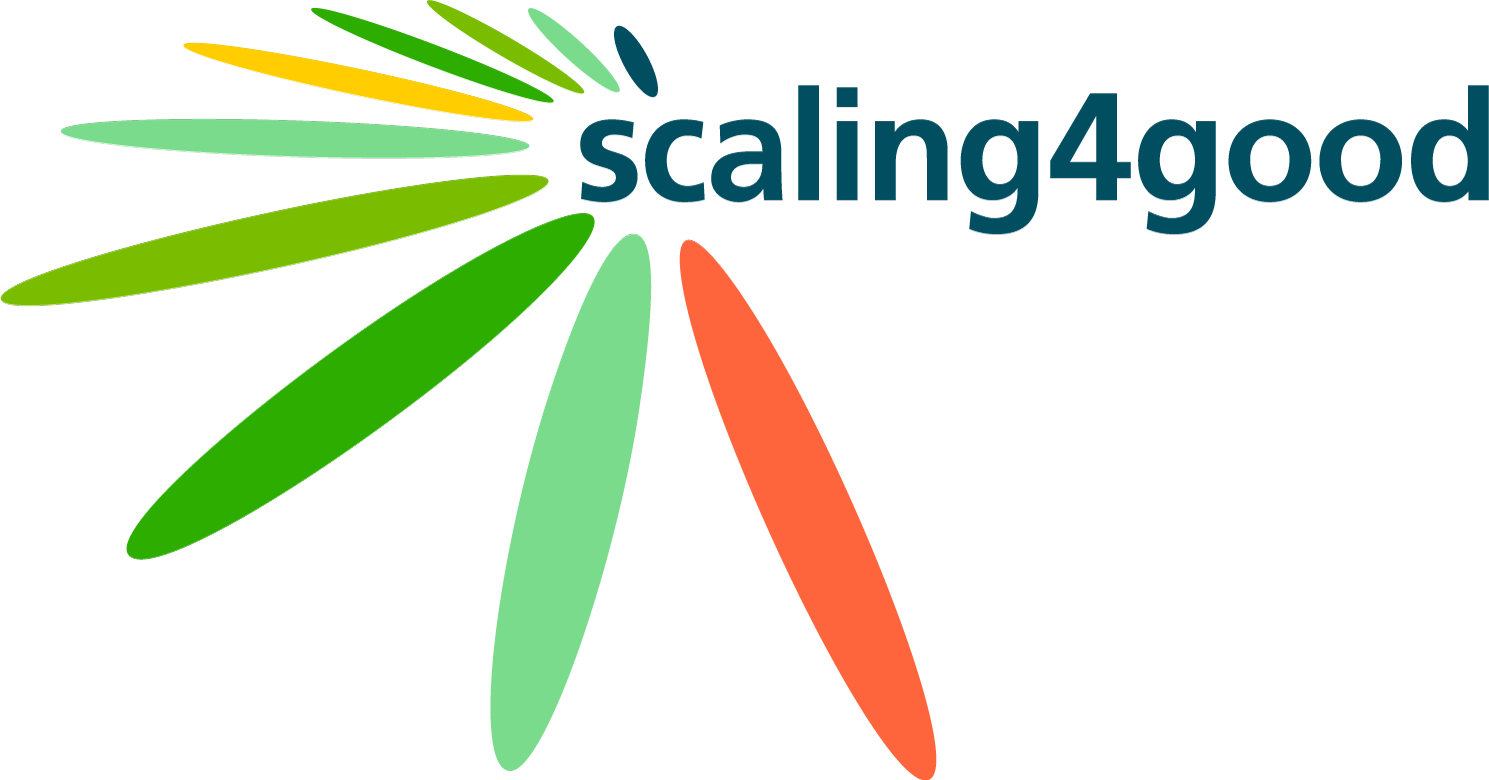A first building block of a solid theoretical basis for action
To solve or mitigate global problems such as climate change, good, sustainable individual behavior needs to be adopted by enough people to have an impact on society at large and the world. But isn’t the orchestration or support of concerted action of billions of people or a whole industry consisting of fiercely competing companies or a majority of countries around the world a huge task, especially if some individual incentives or vested interests pull into a different direction than the required one? Isn’t this fact supported by the many examples of frustratingly slow global progress in many areas of sustainability, often even more than offset by other changes which are just accelerating the pace of problem creation?
However, widespread adoption of sustainable behavior, seemingly against individual incentives, is not that unprecedented. Remember for example the worldwide phase-out of gases contributing to the depletion of our planet’s ozone layer, the widespread voluntary adoption of carbon offsetting by whole sectors, or the turnaround leading to the 2015 Paris Agreement to combat climate change. We could go on and on, concluding that the world is also full of positive precedents in this area, both at a global and even more so at a local level.
What can we learn from the cases where sustainable behavior went viral and where not? Which nudges, which incentives, which boundary conditions, which interactions have made the difference? Which ones have not? For sure, it is not possible to derive a theory anticipating the future solely from patterns observed in the past: there are simply too many “levers” that play a role, and every change has its very own specific circumstances. Moreover, many of the circumstances change at a rate comparable to the speed of the change itself. In a nutshell, statistics is too thin, and “this time is different”.
A comprehensive theory requires a considerable research effort to fully quantify and explain all important aspects of relevant global changes. Such a approach shall be outlined in a subsequent posting. However, individual aspects of concerted action can be described and understood with a small time investment as for example the related “Claims Contagion” work at Swiss Re (see posting on LinkedIn) shows. This model describes and explains how a paid-out liability claim influences other injured of affected people’s decisions to follow suit provided they were in similar circumstances, and their damages were comparable.
How different is contagious sustainable action from contagious claiming behavior? To create a “Sustainable Action Contagion” model, a building block of a more comprehensive theory of change, we will dive into data giving evidence on concrete cases how good, sustainable practices not predominant previously (e.g. investment decisions in corporate settings) have spread into a company, industry, and society by watching key figures of key players, for example in the widespread adoption of voluntary carbon offsetting by a whole sector. Also, the restraining power of socially accepted or even endorsed unsustainable behavior will be studied.
Creativity and an interdisciplinary approach are needed both for the comprehensive theory of change as well as for its first building block: There is for example no readily made measure of “scale” that can be tracked over time yet, nor are the potentially relevant parameters and variables of the theory fully known yet. Their development in light of the findings from data is a part of the challenge. Moreover, the detection of the signal in the noise can be a challenge as the “Claims Contagion” work shows.
We’d anticipate tangible results to be achievable within two months by two quantitative analysts each, best started in a workshop followed by an in-person collaboration week.
Diverse skills and backgrounds are needed. Are you interested in being part of this exciting journey? More information will follow.

